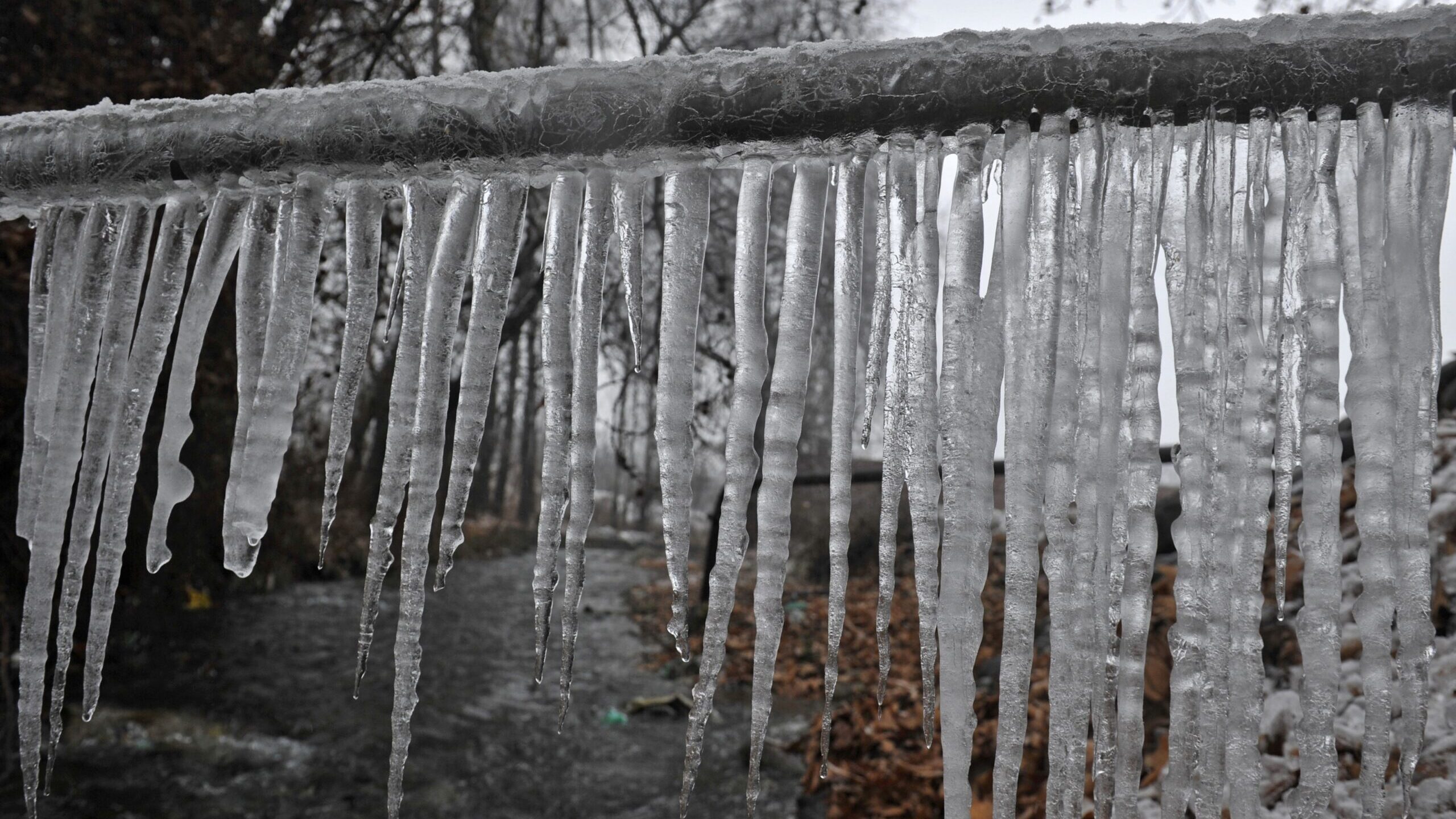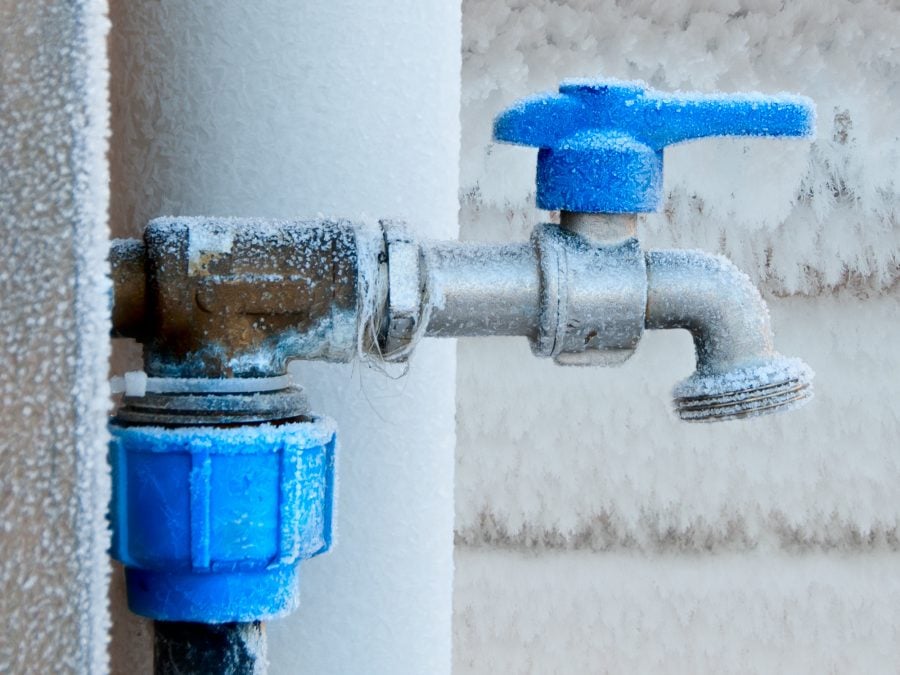Tips to Prevent Frozen Plumbing in Cold Weather: Pro Advice
Tips to Prevent Frozen Plumbing in Cold Weather: Pro Advice
Blog Article
Are you trying to find facts involving 6 Ways to Prevent Frozen Pipes?

Cold weather can damage your pipes, specifically by freezing pipelines. Right here's exactly how to stop it from happening and what to do if it does.
Introduction
As temperatures decrease, the danger of icy pipelines increases, potentially causing pricey repairs and water damages. Recognizing exactly how to stop frozen pipelines is crucial for homeowners in cool environments.
Comprehending Frozen Pipelines
What triggers pipes to ice up?
Pipes ice up when exposed to temperature levels below 32 ° F (0 ° C) for extended durations. As water inside the pipes ices up, it expands, taxing the pipe wall surfaces and potentially creating them to rupture.
Threats and damages
Icy pipes can result in water supply disturbances, residential property damage, and pricey repair services. Burst pipelines can flooding homes and cause substantial architectural damages.
Signs of Frozen Piping
Identifying frozen pipelines early can avoid them from rupturing.
Exactly how to determine frozen pipelines
Seek decreased water circulation from taps, unusual odors or sounds from pipelines, and visible frost on subjected pipes.
Avoidance Tips
Shielding susceptible pipelines
Wrap pipes in insulation sleeves or use warmth tape to protect them from freezing temperature levels. Focus on pipelines in unheated or outside locations of the home.
Heating techniques
Maintain interior rooms sufficiently warmed, particularly locations with pipes. Open cabinet doors to permit warm air to distribute around pipes under sinks.
Shielding Outside Plumbing
Yard hose pipes and exterior faucets
Disconnect and drain yard pipes before winter months. Install frost-proof faucets or cover outdoor faucets with shielded caps.
What to Do If Your Pipes Freeze
Immediate activities to take
If you presume frozen pipelines, keep taps available to alleviate stress as the ice thaws. Utilize a hairdryer or towels taken in warm water to thaw pipes gradually.
Long-Term Solutions
Architectural adjustments
Take into consideration rerouting pipes away from outside walls or unheated areas. Add additional insulation to attic rooms, cellars, and crawl spaces.
Updating insulation
Buy top notch insulation for pipes, attics, and wall surfaces. Correct insulation helps preserve regular temperatures and lowers the risk of icy pipelines.
Final thought
Stopping frozen pipes requires proactive steps and fast actions. By comprehending the causes, signs, and preventive measures, property owners can safeguard their plumbing throughout cold weather.
5 Ways to Prevent Frozen Pipes
Drain Outdoor Faucets and Disconnect Hoses
First, close the shut-off valve that controls the flow of water in the pipe to your outdoor faucet. Then, head outside to disconnect and drain your hose and open the outdoor faucet to allow the water to completely drain out of the line. Turn off the faucet when done. Finally, head back to the shut-off valve and drain the remaining water inside the pipe into a bucket or container. Additionally, if you have a home irrigation system, you should consider hiring an expert to clear the system of water each year.
Insulate Pipes
One of the best and most cost-effective methods for preventing frozen water pipes is to wrap your pipes with insulation. This is especially important for areas in your home that aren’t exposed to heat, such as an attic. We suggest using foam sleeves, which can typically be found at your local hardware store.
Keep Heat Running at 65
Your pipes are located inside your walls, and the temperature there is much colder than the rest of the house. To prevent your pipes from freezing, The Insurance Information Institute suggests that you keep your home heated to at least 65 degrees, even when traveling. You may want to invest in smart devices that can keep an eye on the temperature in your home while you’re away.
Leave Water Dripping
Moving water — even a small trickle — can prevent ice from forming inside your pipes. When freezing temps are imminent, start a drip of water from all faucets that serve exposed pipes. Leaving a few faucets running will also help relieve pressure inside the pipes and help prevent a rupture if the water inside freezes.
Open Cupboard Doors
Warm your kitchen and bathroom pipes by opening cupboards and vanities. You should also leave your interior doors ajar to help warm air circulate evenly throughout your home.

Hopefully you enjoyed reading our topic on How To Avoid Freezing Pipes. Thanks a lot for finding the time to read our post. Are you aware of somebody else who is curious about the niche? Be sure promote it. Many thanks for being here. Kindly visit our blog back soon.
Pricing Report this page